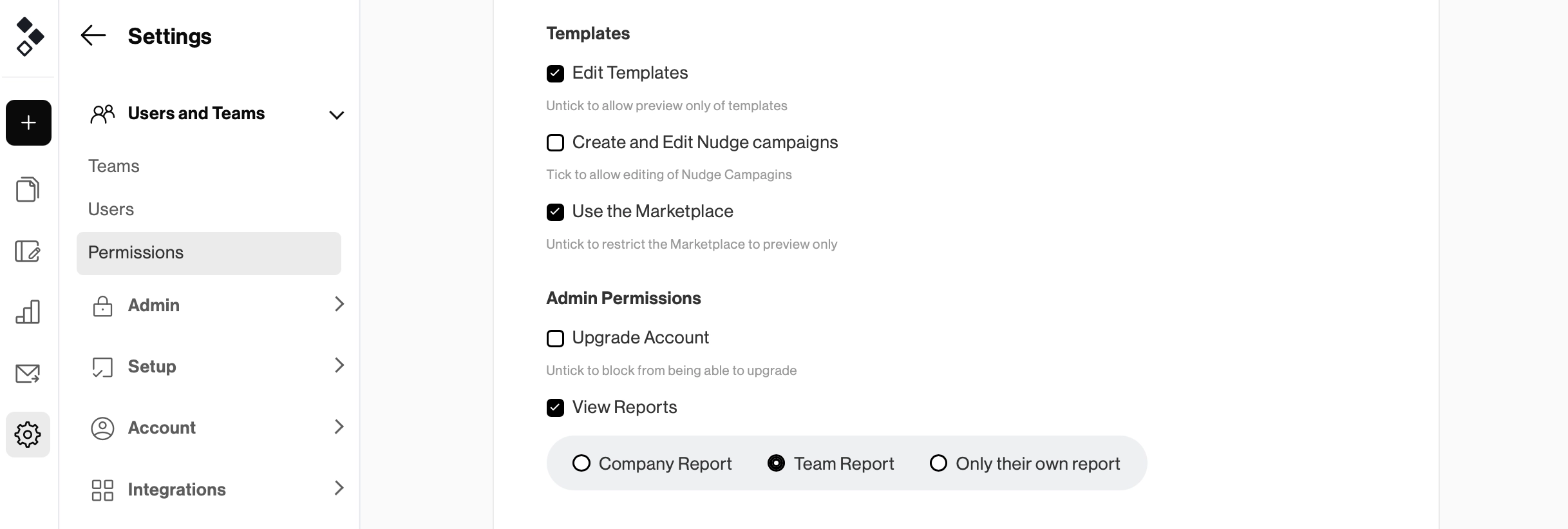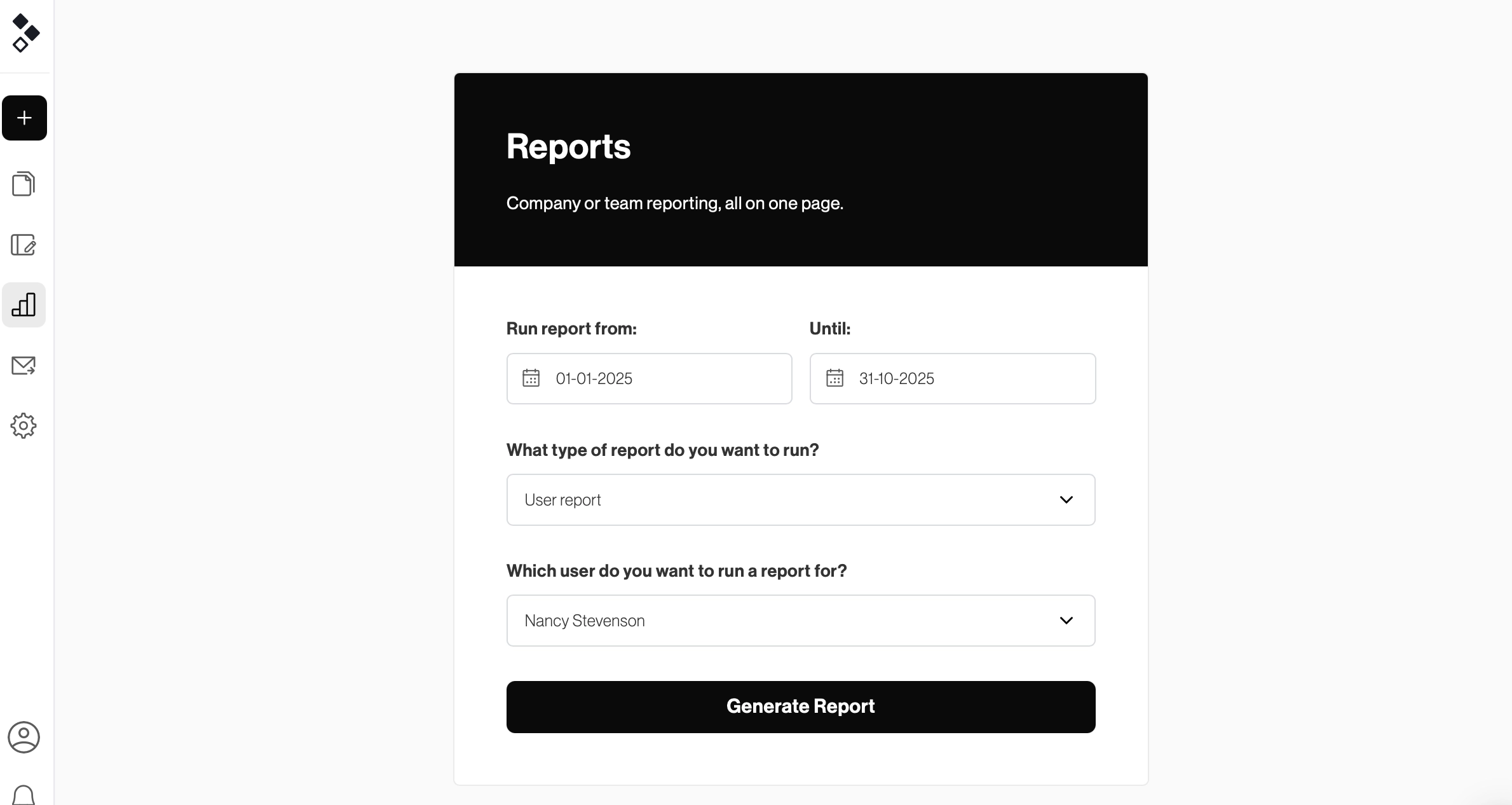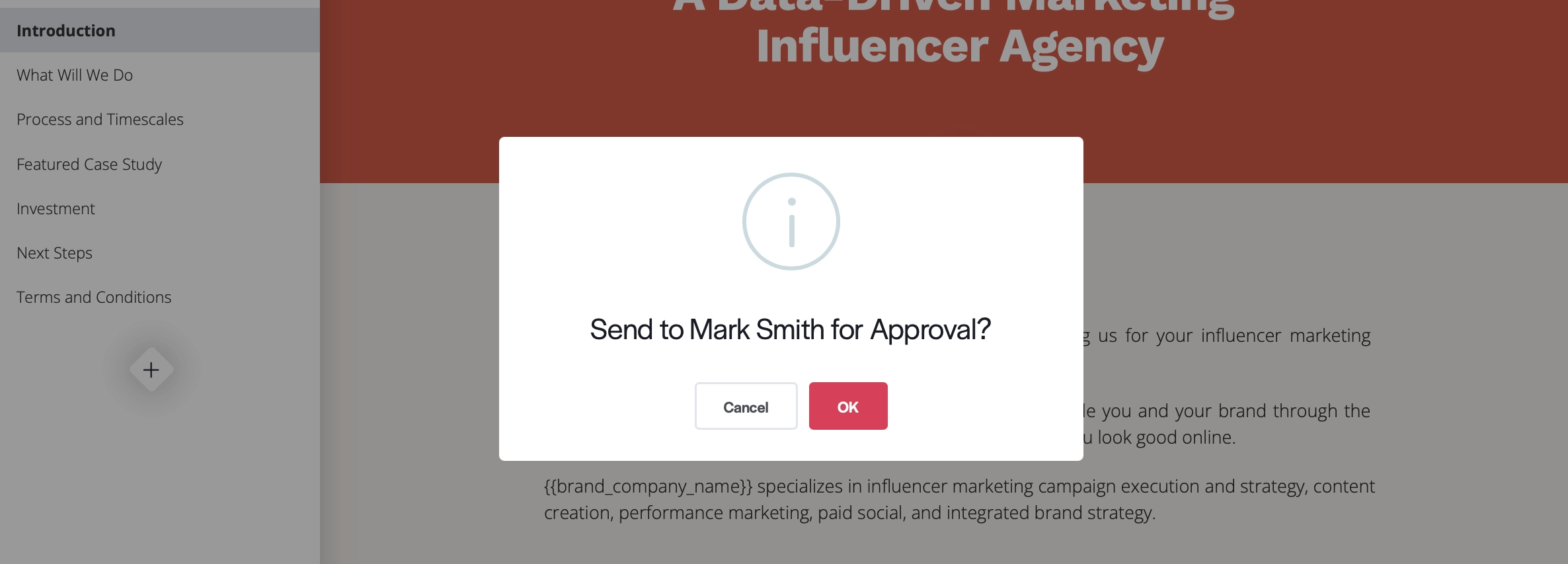User Permissions: Because 'Who Did That?' Shouldn’t Be an FAQ

It was a rainy afternoon, the kind where the sound of pattering raindrops only adds to the tension. The deadline was close. Too close.
Under the fluorescent lights of the office, the team was already on edge. Fingers flying across keyboards, everyone was doing their part in pulling together the proposal that could make or break everything.
And then, it happened. A sentence vanished. A figure was gone like it never existed in the first place. Before anyone could stop it, the proposal was sent. Imperfect, incomplete.
For a few moments, it was as if time was standing still. And then, the question slipped out, almost too quietly at first.
Who did that?
Was it Sarah, the one who reviews proposals at least five times, each time tweaking the layout and adjusting the margins? Mark, who's always making last-minute changes and adding quick notes? Or maybe it was Tom, the newbie who joined just a few weeks ago, thinking his edits were the final ones needed?
In the end, it doesn’t really matter. The proposal is out there now, sent off into the world with mistakes that can’t be undone, and the mystery of who clicked what and when might never be solved.
But it doesn't have to be this way
Here’s the thing - mysteries that sound like something straight from a crime novel shouldn't be a part of your proposal process. You should be focused on getting the job done, not playing detective.
With the right proposal software, you can set permissions, limit access, and keep everyone focused on doing their part right. No more guesswork, no chaos, no last-minute surprises.
Think of permissions as your private proposal security system that keeps things on track and prevents expensive mistakes. Here's how.
1. Clear accountability
When each team member knows exactly what they can and can't do, there's no confusion about whose responsibility what is. For example, Sarah in Marketing is responsible for reviewing the messaging, but John in Legal has final say over the terms and conditions.
For Sarah, the section with the terms and conditions is locked, while John has permissions to edit the locked content. This setup means that Sarah can focus on refining the messaging and tone without worrying about altering the legal language.
John, on the other hand, can make necessary legal adjustments without having to double-check for unauthorized changes. Thanks to clear permissions, they're both contributing to the proposal knowing that their work is protected. The result? A compelling, legally secure proposal with clear ownership.

2. Fewer mistakes
With several people working on the same proposal, it’s easy for mistakes to slip through. Someone might delete a key section or change a number without realizing its significance.
Take Mark, for example. He’s great at giving input, but gets too hands-on with proposals that aren’t his responsibility. In an effort to help, he often ends up creating more work for others. He tweaks sections that don’t need editing, leading to confusion and frustration.
With an entitlement management system and permissions in place, you can ensure that Mark can only make changes to proposals where his expertise is needed. For example, you could limit Mark's access to only his or his team's documents.

By restricting access, everyone can focus only on what they're responsible for without worrying about someone altering their work. This helps everyone work more efficiently without stepping on any toes in the process.
3. Improved collaboration
Without structure, collaboration quickly turns into a nightmare. Before you know it, what started as a team effort becomes a frustrating game of tug-of-war. You've got someone using the wrong template, the content team tweaking the layouts, or the design team accidentally changing the wording in critical sections.
As a result, the proposal loses focus with each team pulling in a different direction, risking a missed deadline. Good news is, you can completely avoid the situation with the right permissions in place.
For example, the design team can be the only one with the permission to add and edit templates. At the same time, the content team can see the templates in preview only. That way, you can ensure brand consistency in each proposal sent to a client.

4. More security
The only way to make sure sensitive information stays secure is controlling who has access to it. Using code quality tools helps enforce secure document structures and standardized workflows, reducing the risk of accidental exposure or errors that could compromise sensitive data. Without the right safety measures in place, you risk unauthorized people viewing financial data, legal terms, or confidential business plans.
This is where permissions come in. They allow you to restrict access to proposals and system reports based on role or responsibility.
For example, your company report contains data on one-off sales, recurring revenue, and a breakdown of team performance. Depending on your company structure, you might want to limit this data to senior decision-makers, rather than letting everyone view it.

Your team managers can still see their entire team's performance so they can make informed decisions on who needs a bit of a push. As for individual team members, they can generate reports on their own performance to see how they're progressing towards their sales goals.
By setting permissions, you can also control who has access to documents outside of core team members. For example, let's say you have teams organized by territory. Not every member of your US sales team needs access to the UK team's proposals.
With the right permissions, each team only sees the proposals relevant to their region. Besides keeping sensitive information secure, this also helps avoid any unnecessary confusion.
5. More efficiency
When setting up permissions, you make sure everyone has access to exactly what they need, and nothing more. It becomes easier to focus on what's relevant without spending time sifting through unnecessary details.
As a result, you get fewer bottlenecks and a faster approval process, both of which ultimately contribute to getting more deals done. By limiting access and responsibilities, only the right people can approve final versions. This eliminates unnecessary back-and-forth, reduces errors, and creates a more efficient workflow for everyone involved.

Final thoughts
By setting user permissions, you're doing more than just avoiding mistakes. You're giving your team the structure they need to do their best work. No more confusion - just a smooth proposal process from start to finish.
With clear roles and access restrictions, everyone knows what they're responsible for. The result? You know exactly who has access, who's authorized to send, and, most importantly, that your proposals are the best they can be.

